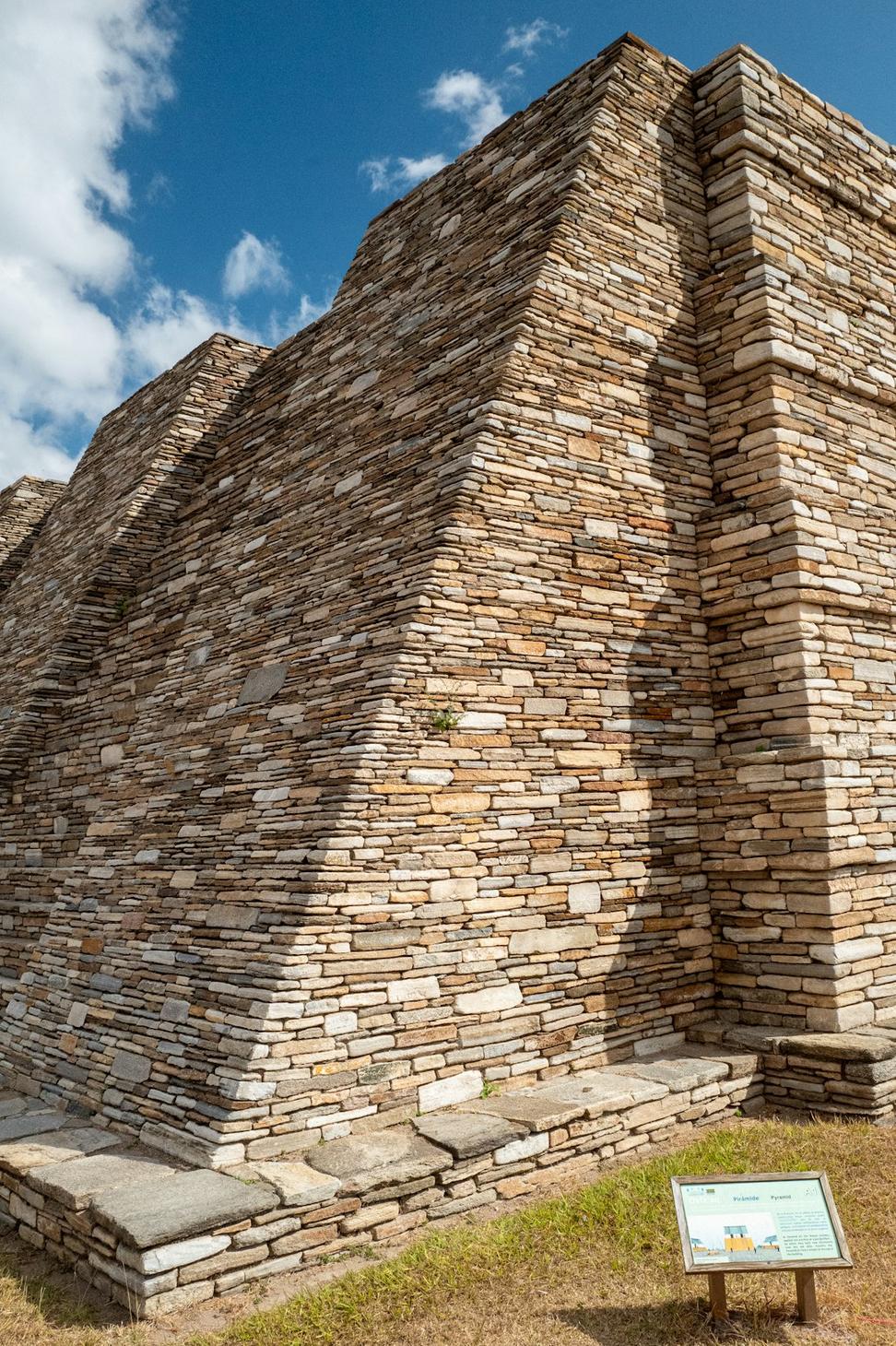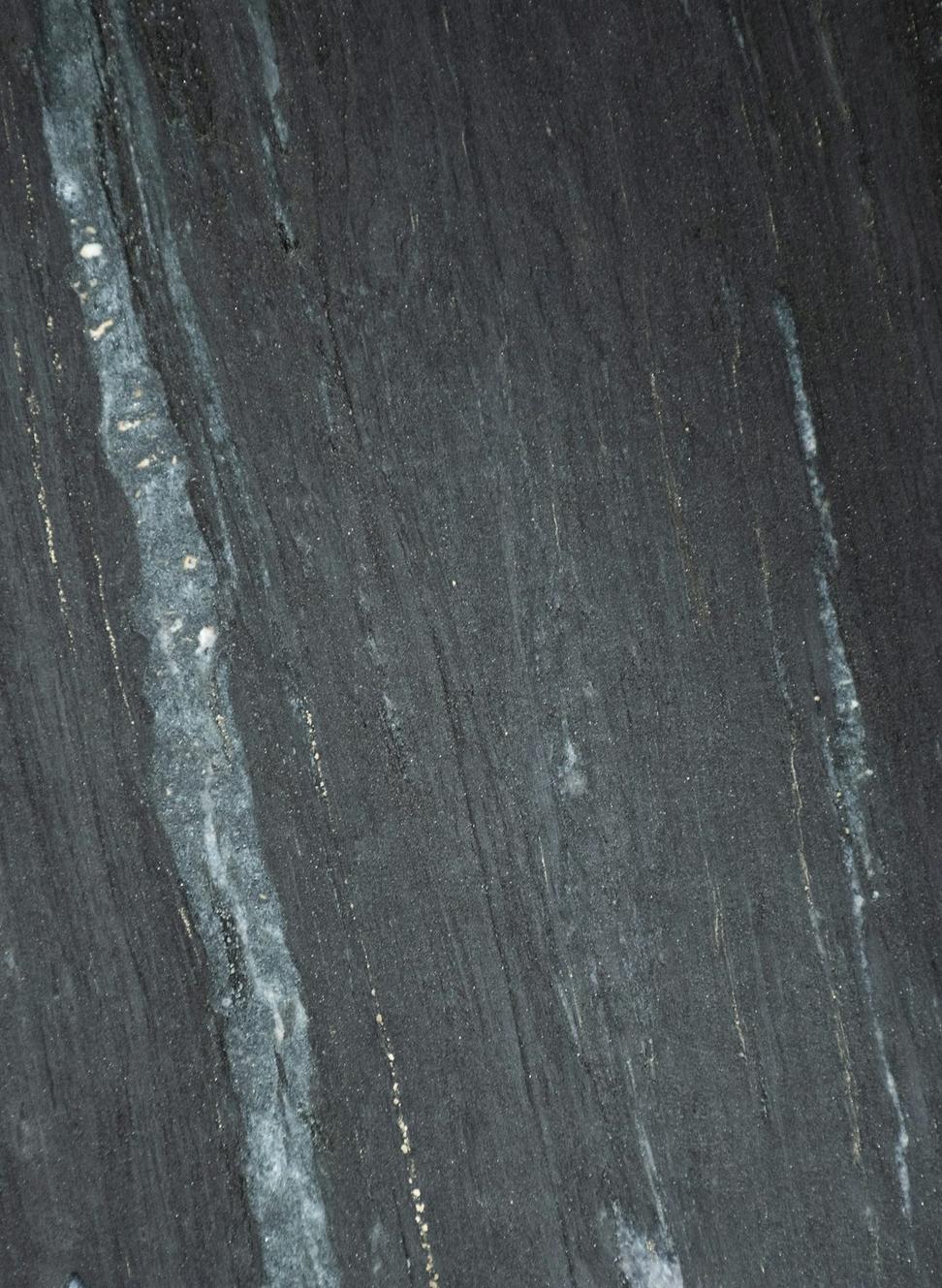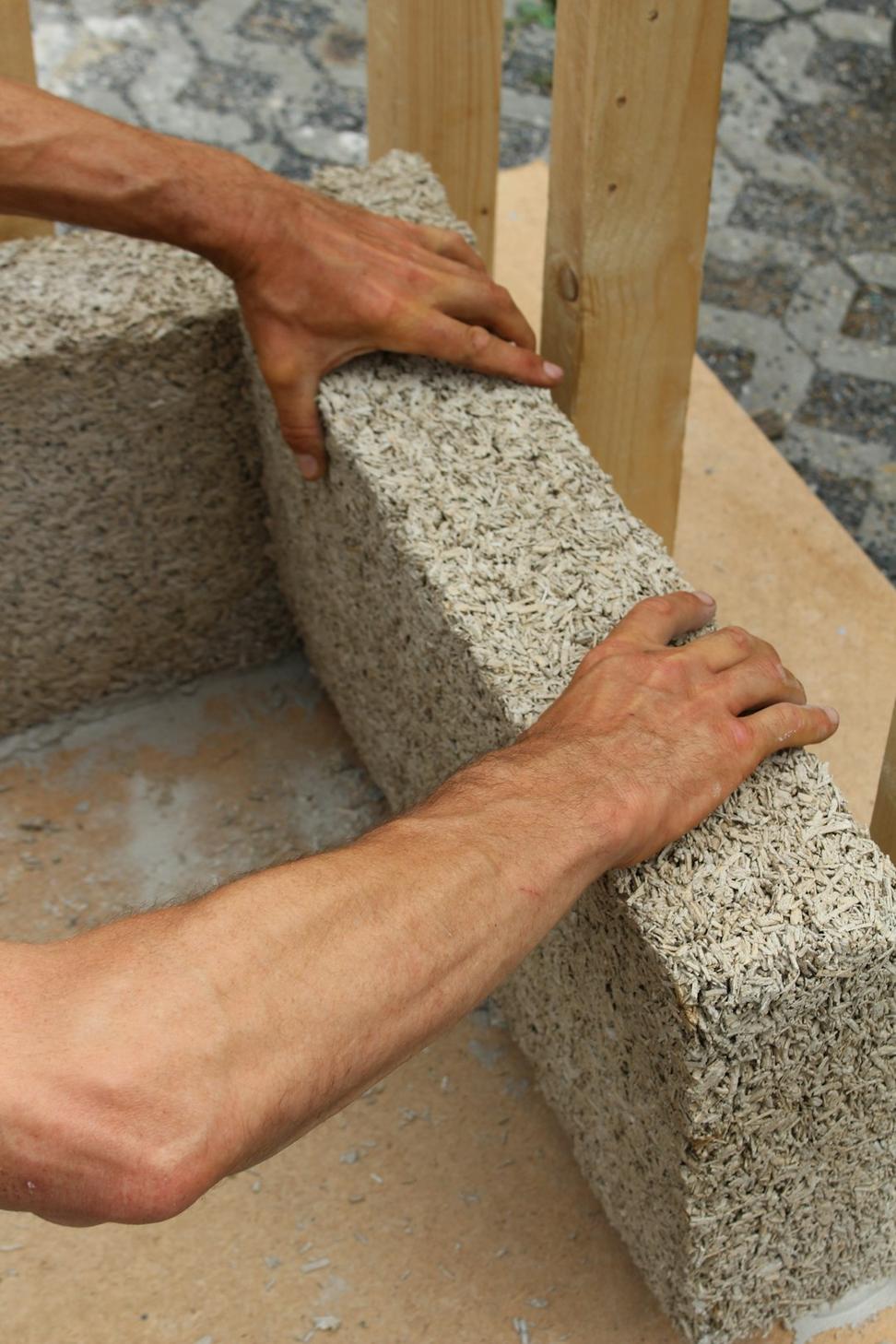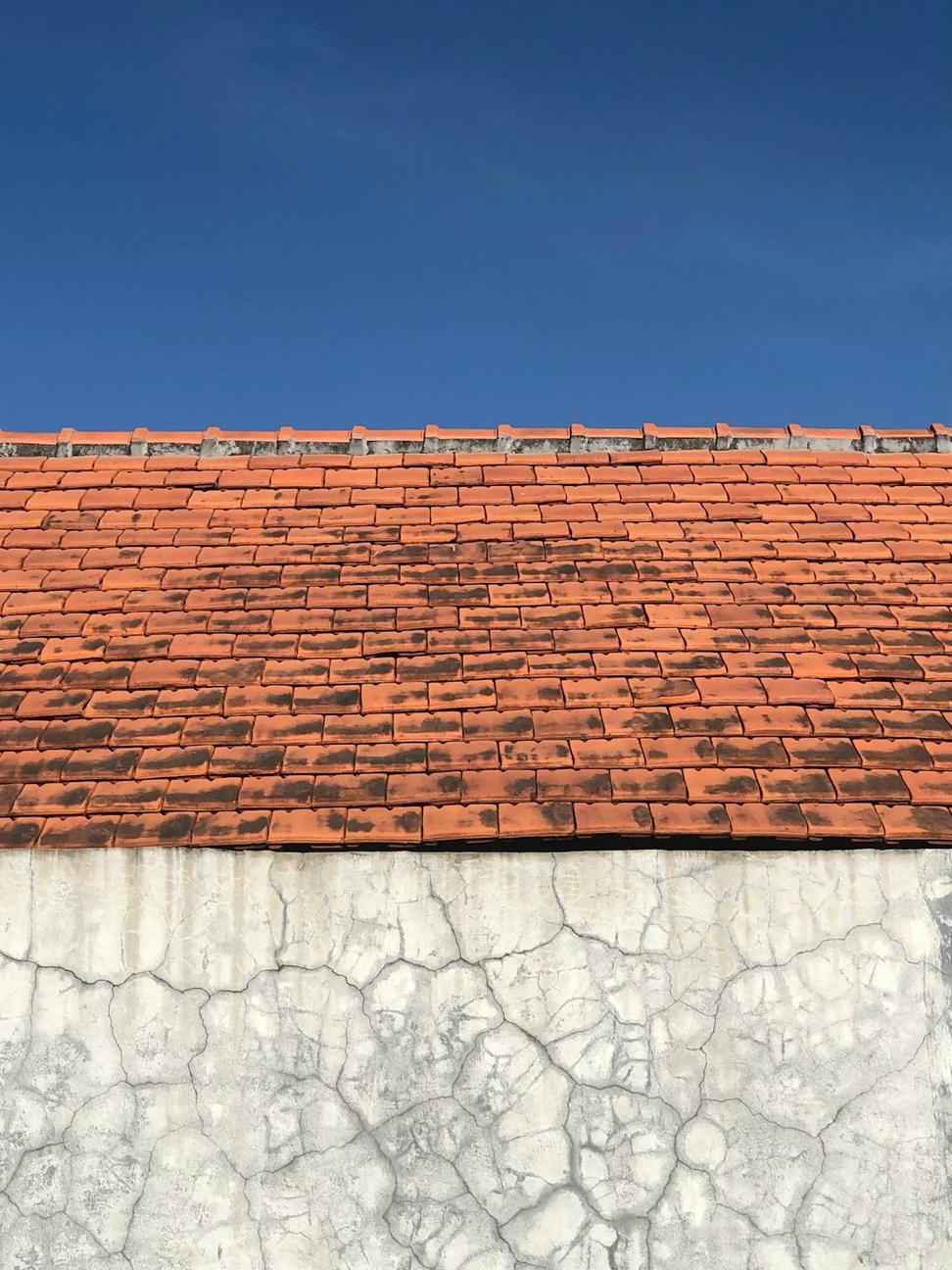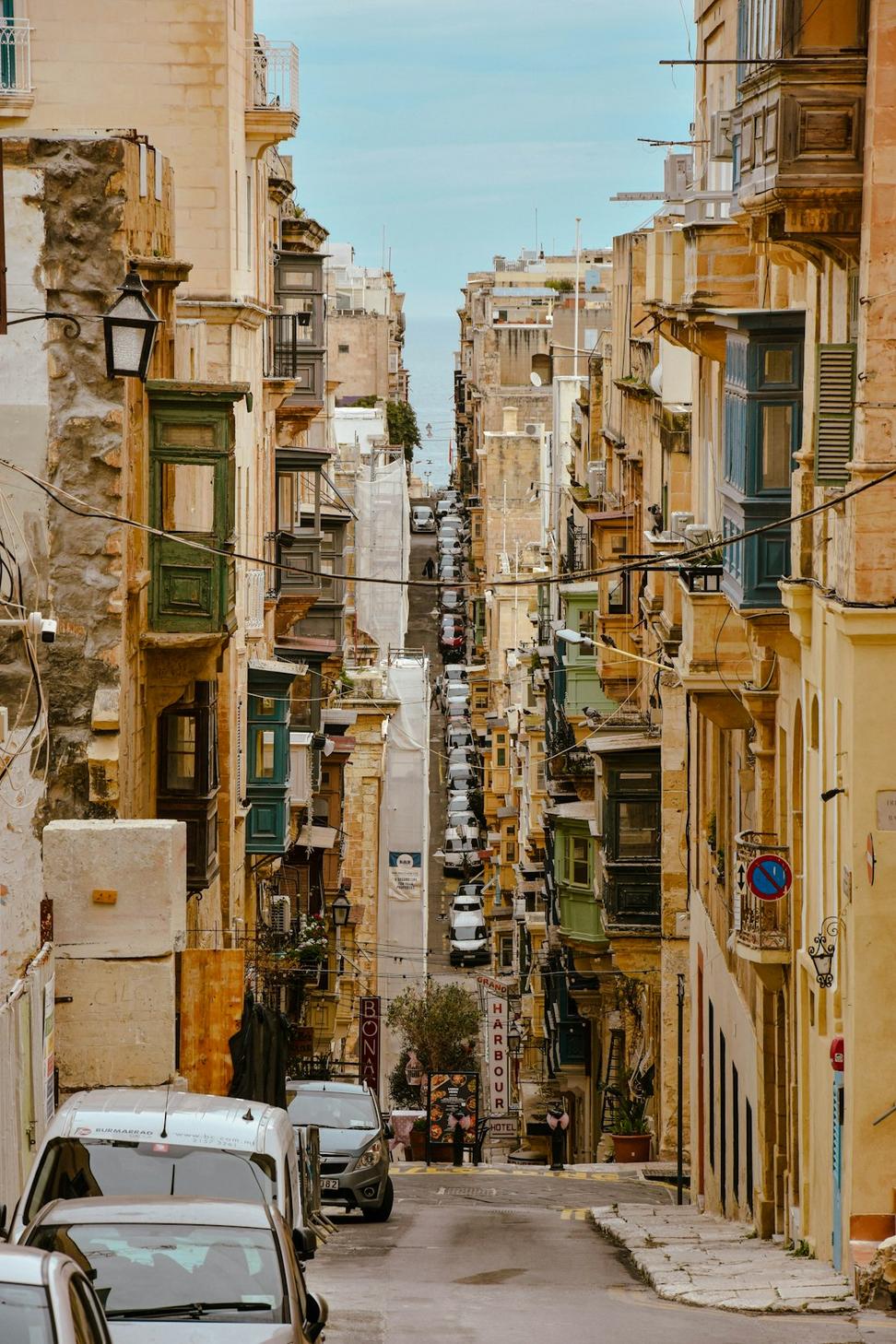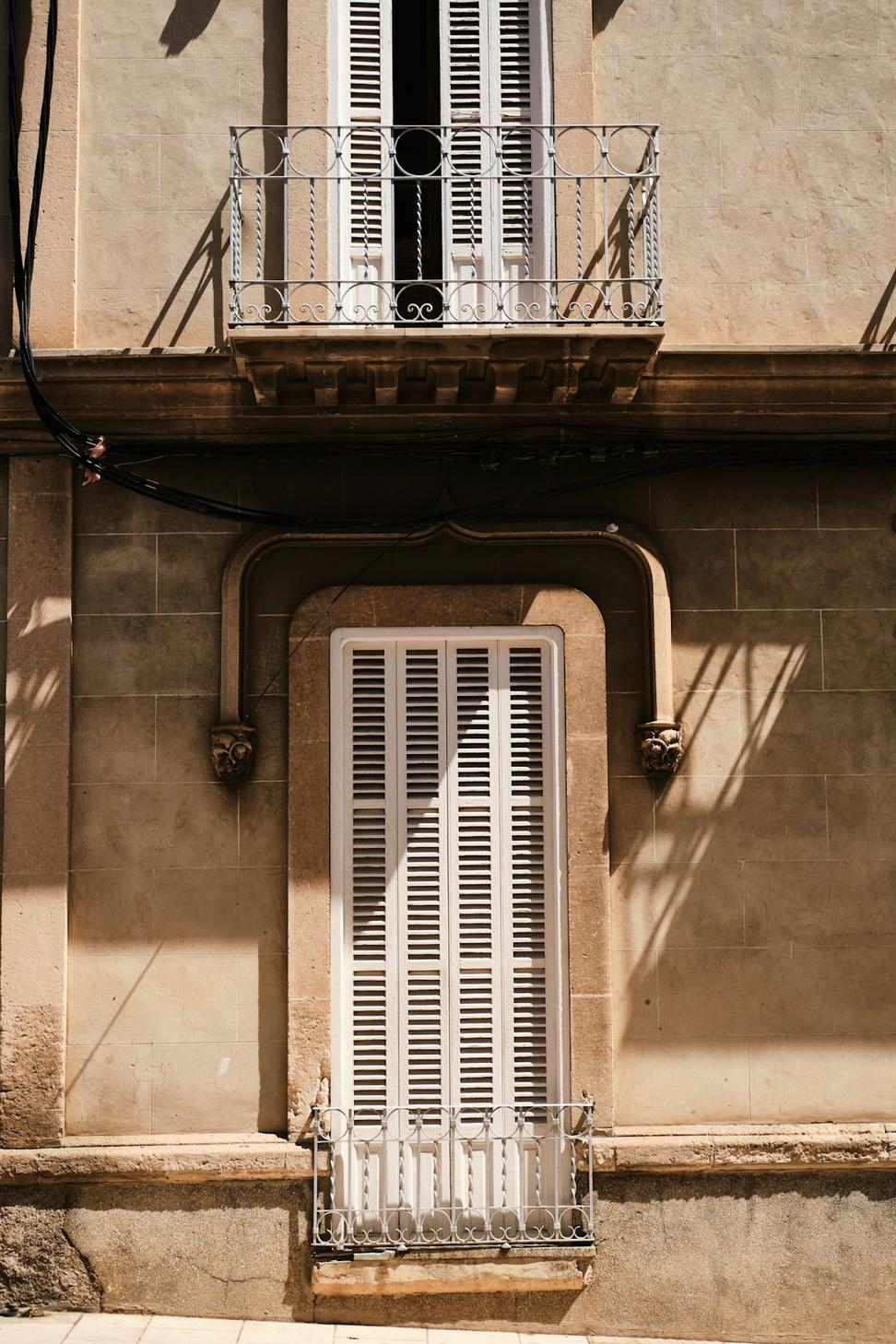The Stone Doesn't Lie
Here's the thing about working with ancient materials - they've already proven themselves. A granite block that's been sitting underground for millions of years isn't gonna off-gas toxins into your living room or end up in a landfill in 20 years.
We're not reinventing the wheel here. Stone's been the gold standard since humans figured out how to stack rocks. It just happens that doing things the old way is also the sustainable way. Kinda funny how that works out.
Every project we take on starts with a simple question: "What's already here?" Sometimes the best material is literally sitting right under your feet.
